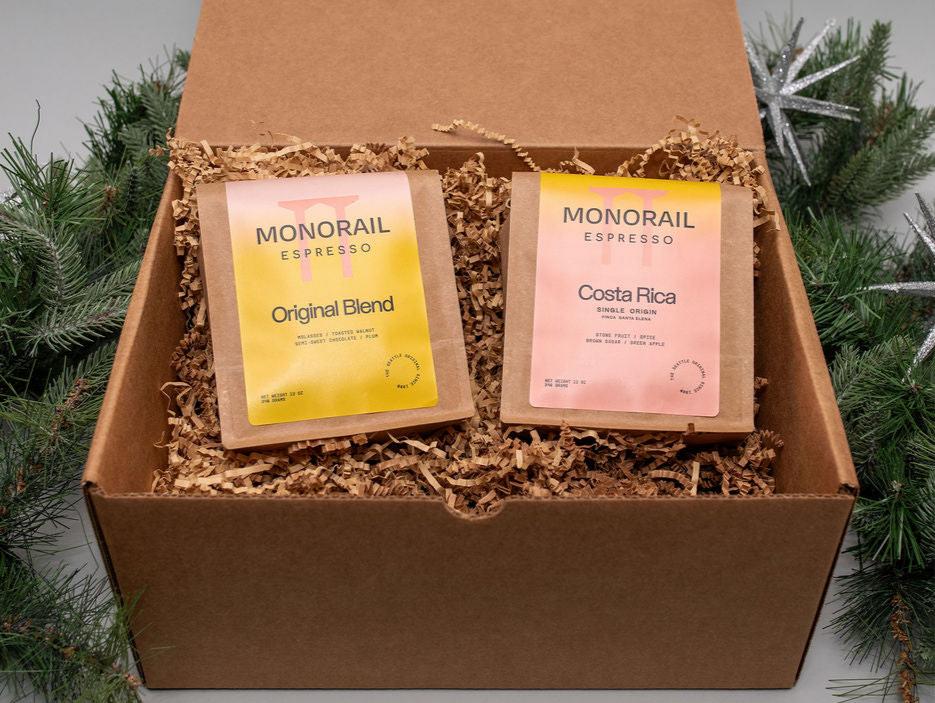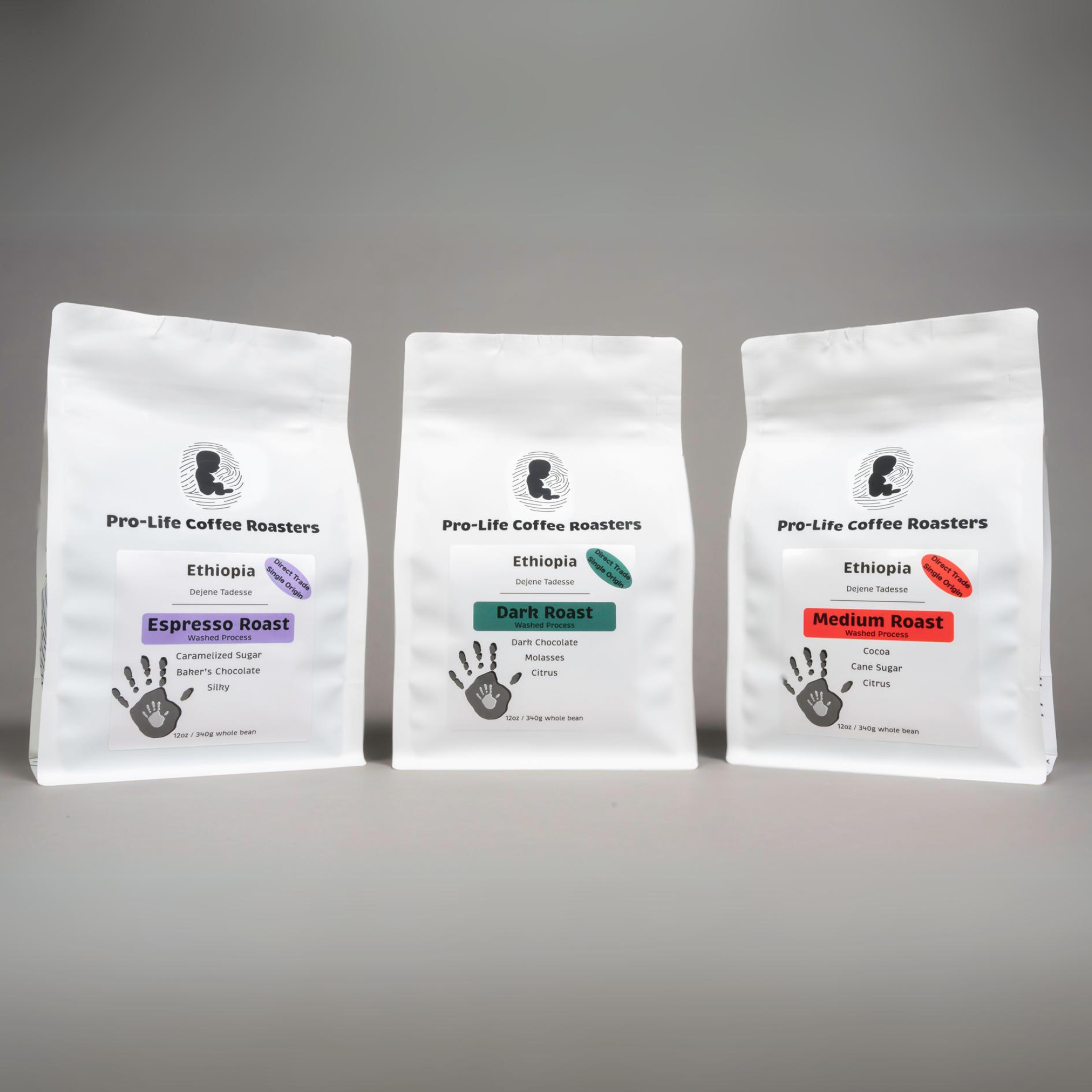Why Coffee Enthusiasts Prefer SOE Single Origin Espresso for Clarity
Wiki Article
Coffee Beans 101: Whatever You Required to Learn About Espresso and Blended Coffee Beans
When it comes to coffee, comprehending the subtleties of espresso and blended beans can transform your everyday cup. You'll discover the unique characteristics of Arabica and Robusta beans, and exactly how each influences flavor and caffeine content. From the expanding procedure to roasting strategies, every step contributes in your coffee experience. So, what makes the excellent mixture? Allow's explore the crucial aspects that add to an outstanding mug of coffee.Comprehending Coffee Beans: Types and Selections
When diving right into the world of coffee, comprehending the types and varieties of coffee beans is necessary for every lover. Arabica beans are understood for their smooth, complex flavors and reduced high levels of caffeine web content, making them a preferred amongst coffee connoisseurs.Within these types, you'll locate different regional selections, each bringing distinct qualities. Ethiopian Yirgacheffe supplies intense floral notes, while Colombian beans supply a well-balanced flavor profile. As you check out, remember to take note of handling approaches like cleaned or natural, as they can greatly influence the last preference. By acquainting yourself with these beans and their tastes, you'll boost your coffee experience and make even more educated choices in your brewing trip.
The Expanding Refine: From Seed to Bean
When you discover the trip of coffee, all of it begins with seed option methods that set the structure for high quality. From there, growing and collecting play crucial roles in ensuring the beans thrive. Handling methods transform those gathered cherries into the coffee beans you like.Seed Selection Strategies
Selecting the right seeds is important for generating high-grade coffee beans, as it lays the structure for the entire growing process. You ought to start by choosing seeds from trusted sources that focus on high quality and hereditary variety. Seek varieties recognized to flourish in your details climate and dirt conditions. Pay attention to the seed's age and storage space conditions, as fresh seeds have a tendency to sprout far better. When feasible, choose organic seeds to minimize exposure to harmful chemicals. Take into consideration the illness resistance of different ranges, as this can considerably influence your return. Lastly, don't think twice to speak with local farmers or experts to gain understandings into the ideal seed choices for your area. This knowledge will enhance your coffee-growing experience.Cultivation and Harvesting
As you nurture your coffee seeds into thriving plants, comprehending the cultivation and harvesting process is vital for attaining the ideal flavor and high quality. Start by planting your seeds in well-draining dirt, preferably in a shaded area to safeguard them from straight sunshine.When it comes time to harvest, try to find ripe cherries, which generally transform a lively red. Hand-picking is frequently the very best method to assure just the ripest cherries are selected. Timing is essential; collecting prematurely or far too late can impact the flavor profile of your beans. Welcome perseverance and care, as this is where high quality starts.

Processing Techniques Clarified
When you've gathered your coffee cherries, the following crucial action is refining them to change those vibrant fruits right into the beans you'll make. There are two main methods: the dry process and the damp process. In the completely dry process, you spread out the cherries out in the sunlight to dry, allowing the fruit to ferment and give one-of-a-kind tastes to the beans. On the various other hand, the wet process includes getting rid of the fruit immediately and fermenting the beans in water, causing a cleaner taste. After handling, the beans are hulled, sorted, and generally dried out once more. Each approach affects the taste account, so explore both can aid you find your favorite brew. Recognizing these approaches is crucial to enjoying your coffee experience.Toasting Methods: How Taste Is Established
When it involves roasting coffee beans, recognizing roast levels is key to disclosing their unique flavors. Each roasting strategy effects the fragrance and improves the flavor growth process, providing you a richer coffee experience. Let's check out exactly how these variables come with each other to elevate your daily mixture.Roast Levels Clarified
Roast degrees play a vital role in shaping the taste profile of your coffee. When you select a light roast, you'll enjoy intense acidity and fruity notes. As you move to a medium roast, you'll discover a balance of sweetness and intricacy, frequently highlighting chocolate or caramel tastes. Dark roasts, on the other hand, deliver bold, great smoky attributes with much less acidity, making them abundant and robust. Each level results from different roasting times and temperature levels, impacting the beans' chemical structure. By understanding these degrees, you can much better choose a coffee that matches your preference preferences. Explore various roasts to uncover which one resonates with you, enhancing your total coffee experience and enjoyment.Influence on Fragrance
The roast level not only affects the taste of your coffee but likewise greatly impacts its scent. When you choose a light roast, you'll typically discover intense, floral notes that can make your coffee smell dynamic and fresh. As the beans darken, the fragrance changes; a medium roast brings out a lot more well balanced, caramelized aromas, while a dark roast often tends to include strong, great smoky touches. Each toasting method launches various unpredictable compounds, shaping just how your coffee scents. Furthermore, the quality of the beans plays an essential duty; newly roasted coffee releases more aromatic oils, enhancing that enticing aroma. Pay focus to the roast degree-- it's vital to revealing the full fragrant experience of Single Origin Espresso your mixture.Taste Growth Process
As you discover the taste growth procedure, you'll find that roasting strategies play a vital role in forming the taste profile of your coffee. The toasting temperature level and time straight influence the level of acidity, sweetness, and bitterness of the beans. Light roasts maintain more of the bean's initial flavors, highlighting flower and fruity notes.Espresso vs. Blended Coffee: Trick Differences
Coffee and mixed coffee each deal special experiences that accommodate various tastes and preferences. Espresso is a concentrated coffee brewed forcibly hot water through finely-ground coffee beans, causing a rich, strong flavor and a luscious layer of crema on the top. It's often enjoyed as a shot or used as a base for drinks like cappucinos and cappuccinos.On the other hand, mixed coffee incorporates various beans from various regions, developing a more balanced taste account. You'll usually discover blends that highlight acidity, sweet taste, or body, making them functional for different brewing approaches. While coffee concentrates on strength, blended coffee may use a more comprehensive variety of flavors that can change with each sip.
Eventually, your choice between espresso and blended coffee come down to your individual choice. Whether you crave a leisurely cup or a quick shock, both alternatives have something scrumptious to supply.

Developing Methods: Unlocking the Perfect Cup
When it concerns developing coffee, finding the right method can transform your experience and elevate your mug. Each brewing technique has its one-of-a-kind appeal and can considerably impact your coffee's flavor and scent. For instance, making use of a French press enables you to take pleasure in a rich and full-bodied mixture, while a pour-over technique provides a clean, bright mug with distinct tastes.If you like espresso, spending in a quality machine can aid you grasp the art of drawing shots. Conversely, for benefit, a single-serve shell system provides speed without compromising preference.
Don't fail to remember regarding cool mixture, which supplies a smooth, much less acidic coffee ideal for warm days. Experiment with different techniques to find what reverberates with your taste buds.
Tasting Notes: Recognizing Taste Profiles
How can you truly appreciate your coffee if you do not recognize what tastes to look for? Tasting notes are your guide to understanding the intricate globe of coffee. Some coffees could leave a chocolatey or sugar aftertaste, while others might have a bright, tidy finish.Take into consideration the body of the coffee, as well; is it ventilated and light or thick and syrupy? Don't forget acidity; a bright level of acidity can add vitality, while a reduced acidity could give a smoother experience. By recognizing these flavor accounts, you'll grow your link with each mug, making coffee sampling a delightful journey of exploration.

Tips for Picking and Storage Coffee Beans
Selecting and keeping coffee beans correctly can significantly improve your brewing experience. Beginning by selecting top quality beans that match your taste. Try to find freshness; beans baked within the last 2 weeks are ideal. Inspect the roast day on the product packaging, and buy from trusted roasters or regional shops.As soon as you have your beans, store them in a closed container to prevent exposure to air, light, and dampness. A dark, awesome location functions best, so stay clear of maintaining them in the fridge or freezer, as this can present dampness. Just grind the quantity you need to preserve freshness; whole beans keep taste longer than pre-ground coffee.
Finally, attempt to use your beans within two to 4 weeks after opening up for peak preference. Complying with these pointers will ensure your coffee remains delicious and pleasurable, raising your everyday mixture to brand-new elevations.
Often Asked Questions
Exactly How Long Do Coffee Beans Keep Fresh After Toasting?
Coffee beans remain fresh for concerning two weeks after toasting - SOE. You must save them in a closed container, away from light and wetness. After that, their flavor and fragrance start to diminish significantly
Can I Mix Different Coffee Bean Varieties?
Definitely, you can blend different coffee bean ranges! Exploring with blends can improve flavors and develop a distinct taste account. Just make sure to balance the toughness and features of each range for the very best results.What Is the Ideal Work Size for Coffee?
For espresso, you'll desire a fine work size, about the appearance of salt. This allows optimal extraction, causing an abundant, delicious shot. Experiment a little bit to find what suits your taste best!Exactly How Does Elevation Affect Coffee Bean Flavor?
Altitude affects coffee bean taste by affecting the growth price and chemical composition. Higher elevations lead to slower growth, which enhances acidity and intricacy, giving your coffee a vivid and distinct taste you will not forget.Exist Decaffeinated Versions of Coffee Beans?
Yes, there are decaffeinated variations of espresso beans. You can enjoy a rich coffee taste without the high levels of caffeine kick. Simply search for "decaf" blends at your regional coffee bar or specialized store.Coffee Beans 101: Whatever You Required to Know Concerning Espresso and Blended Coffee Beans.
When diving into the world of coffee, recognizing the kinds and selections of coffee beans is necessary for every fanatic.When it comes to toasting coffee beans, understanding roast degrees is crucial to disclosing their special tastes. Coffee is a focused coffee brewed by requiring hot water through finely-ground coffee beans, resulting in a rich, vibrant taste and a luscious layer of crema on top.On the other hand, combined coffee incorporates different beans from different regions, creating an extra balanced taste account.
Report this wiki page